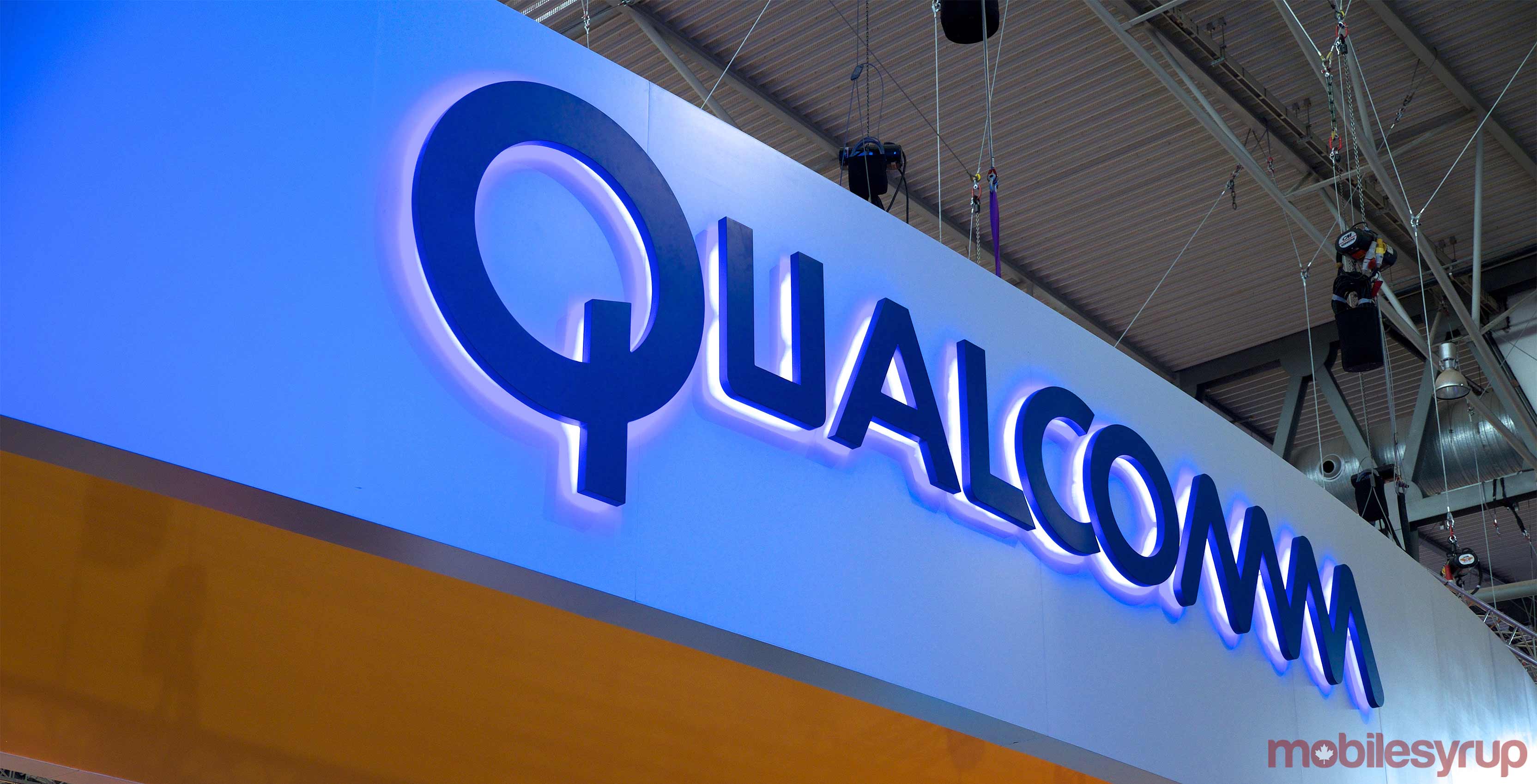
Qualcomm and Facebook have announced a collaboration to develop a new network infrastructure to replace existing cable networks like copper and fibre.
The partnership will leverage the chip-maker’s pre-802.11ay chipsets to power Facebook’s Terragraph technology. The new tech will improve speed, efficiency and quality of internet networks for a fraction of the cost of fibre networks.
Pre-802 what?
802.11 is a set of wireless technology standards developed by the IEEE (Institute of Electrical and Electronics Engineers). 802.11ay is an amendment to the standard that is currently in development. 802.11ac is the current standard found in most routers. It provides dual-band connectivity over the 2.4GHz network channel at 450Mbps or the 5GHz channel at 1300Mbps.
Gigahertz (GHz) is a measure of frequency. More data can be transmitted with higher frequency. However, higher frequency lacks range and the ability to penetrate through objects such as walls.
802.11ay uses 60GHz channel which provides speeds of 20 to 40Gbps at a range of 300 to 500 metres. Using channel bonding and MIMO technology can increase potential speeds to 200 Gbps.
Despite not being official, the standard has a few potential applications. Thanks to the large bandwidth, 802.11ay could replace complex wired networks within offices. Additionally, 11ay is shaping up to be the new backbone of network infrastructure.
Terragraph and the future of networks
Facebook’s Terragraph initiative is kind of like a city-wide mesh Wi-Fi network. Facebook touts Terragraph as the solution to urban bandwidth problems.
In dense urban areas, current copper infrastructure can’t provide enough bandwidth. Fibre is too expensive and too slow to roll out effectively. Cellular is too limited.
Terragraph uses a mix of 802.11ay with enhancements provided by Qualcomm chipsets. Facebook and Qualcomm also developed integrated software that helps make outdoor transmission more efficient.
The 802.11ay standard provides enough bandwidth for Terragraph that there would be no need for wires. Without wires there’s no need to get Right of Way permissions — legal approval to use property owned by others. Terragraph service boxes can be mounted on existing infrastructure like street lamps. The technology provides fibre-like connections to homes and businesses.
This sounds awesome, when do we get it?
Not for a while yet, unfortunately. Qualcomm and Facebook won’t begin testing until mid-2019. Also, due to the the range of 11ay, any Terragraph network rollout will have to be relatively dense. Another problem with 11ay is obstacles. Significantly large obstacles, like trucks, can disrupt the 60 GHz channel temporarily as they pass by.
This means any Terragraph network will need redundancy built in to ensure there is no major service disruptions.
Terragraph could be the network infrastructure of the future. If cost reductions are high enough, we could see 802.11ay backed networks usurping copper and fibre networks soon.
Source: Qualcomm
MobileSyrup may earn a commission from purchases made via our links, which helps fund the journalism we provide free on our website. These links do not influence our editorial content. Support us here.


